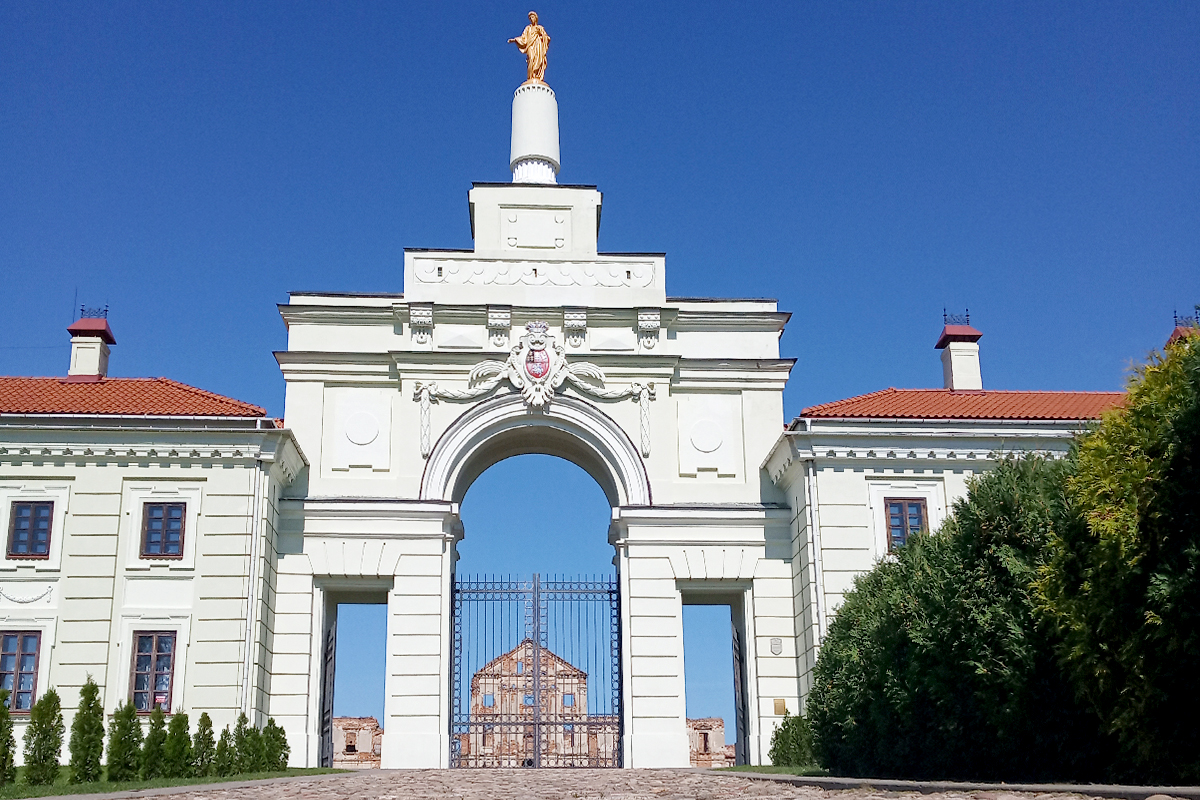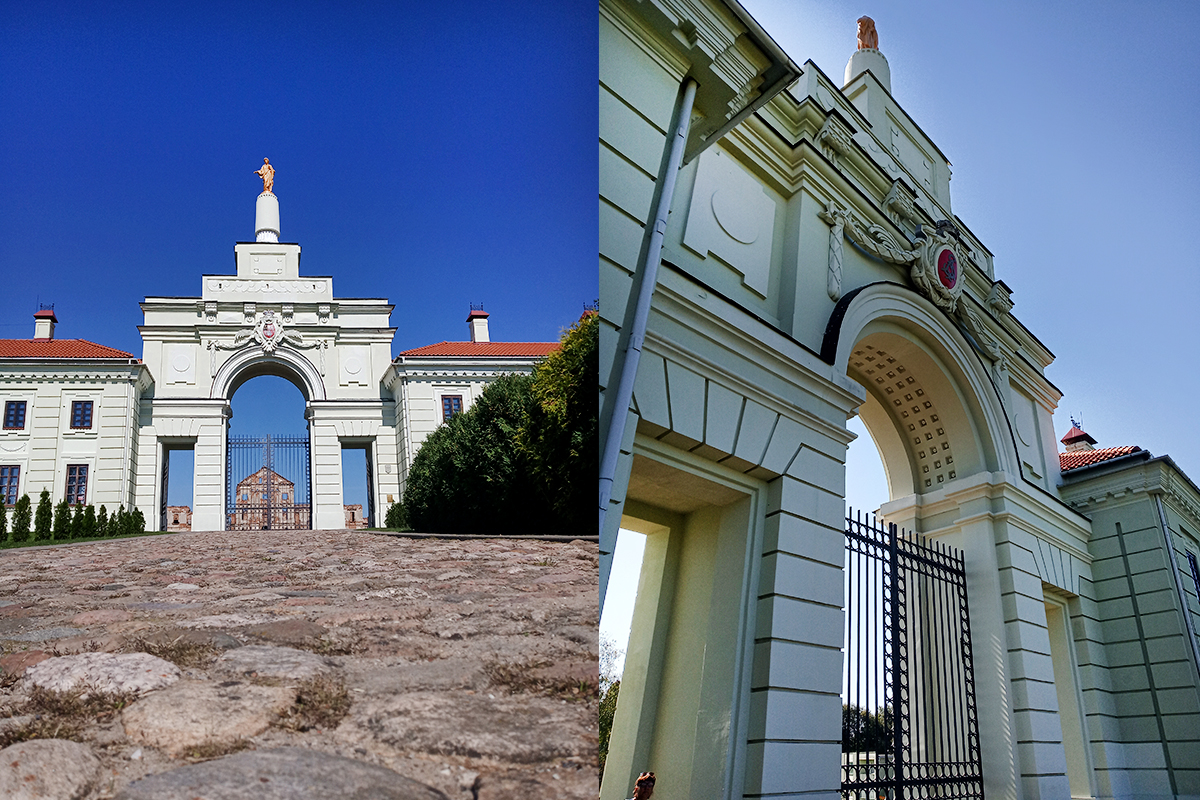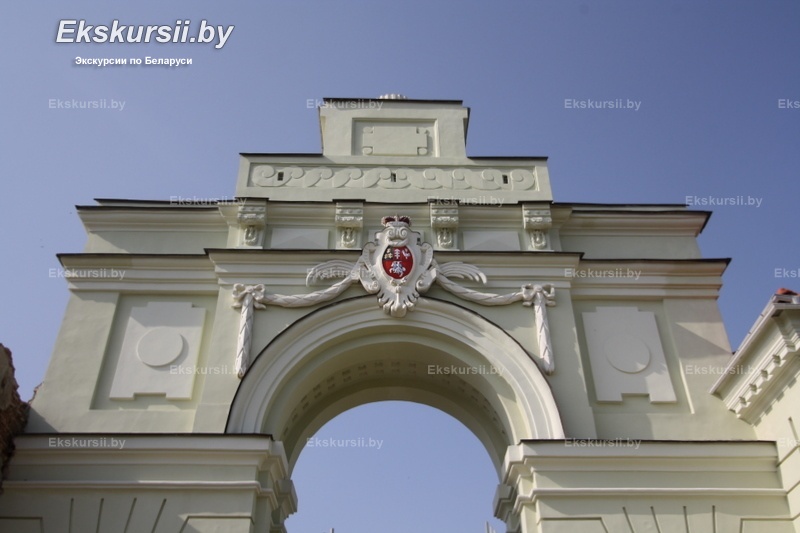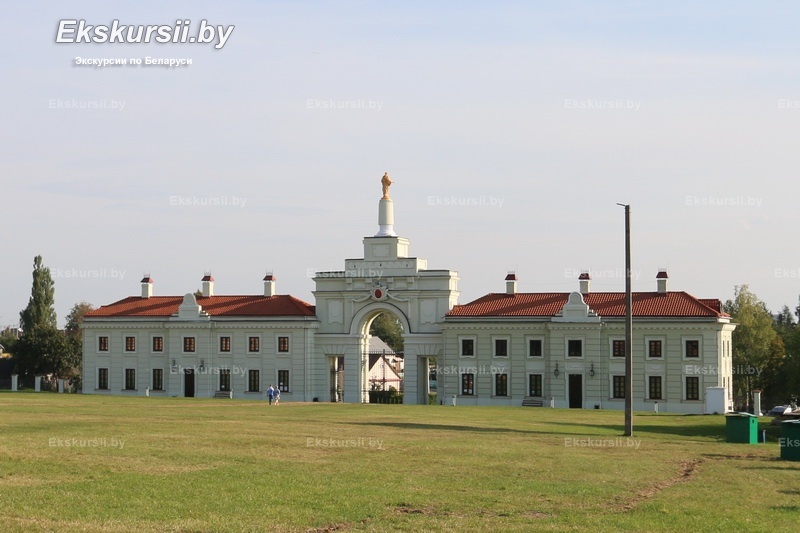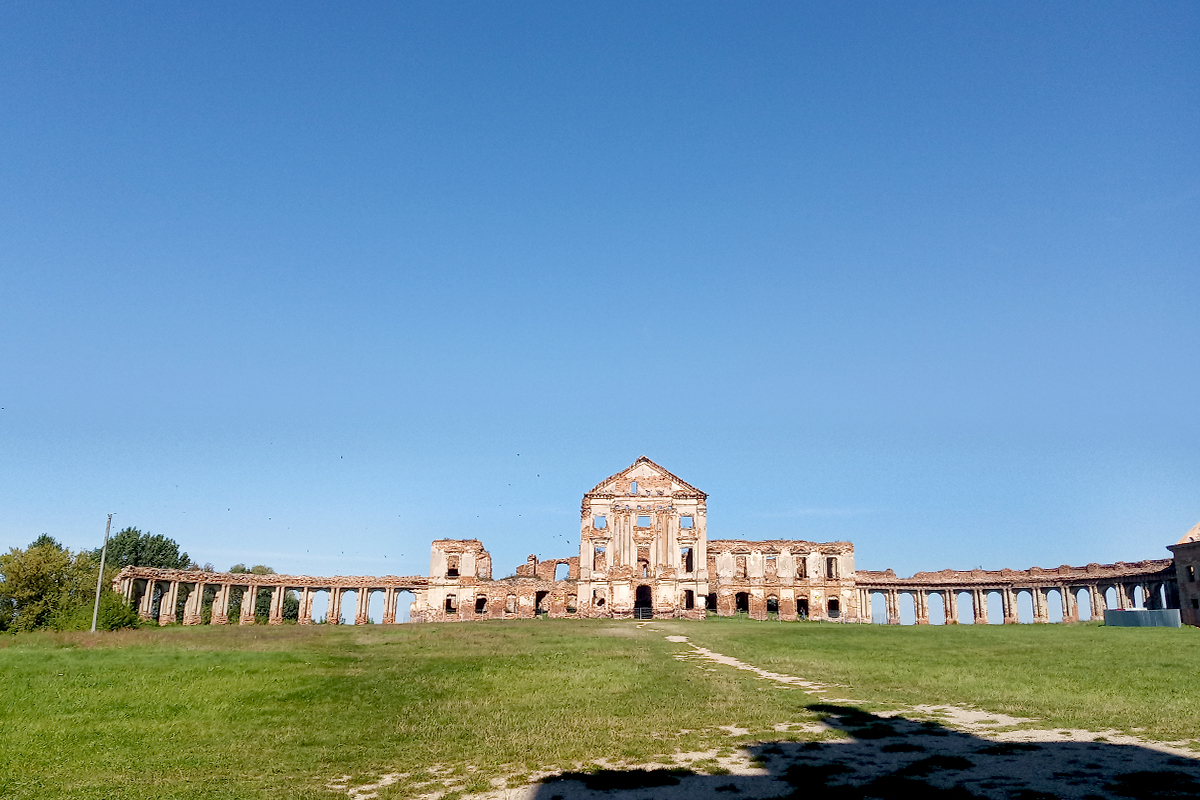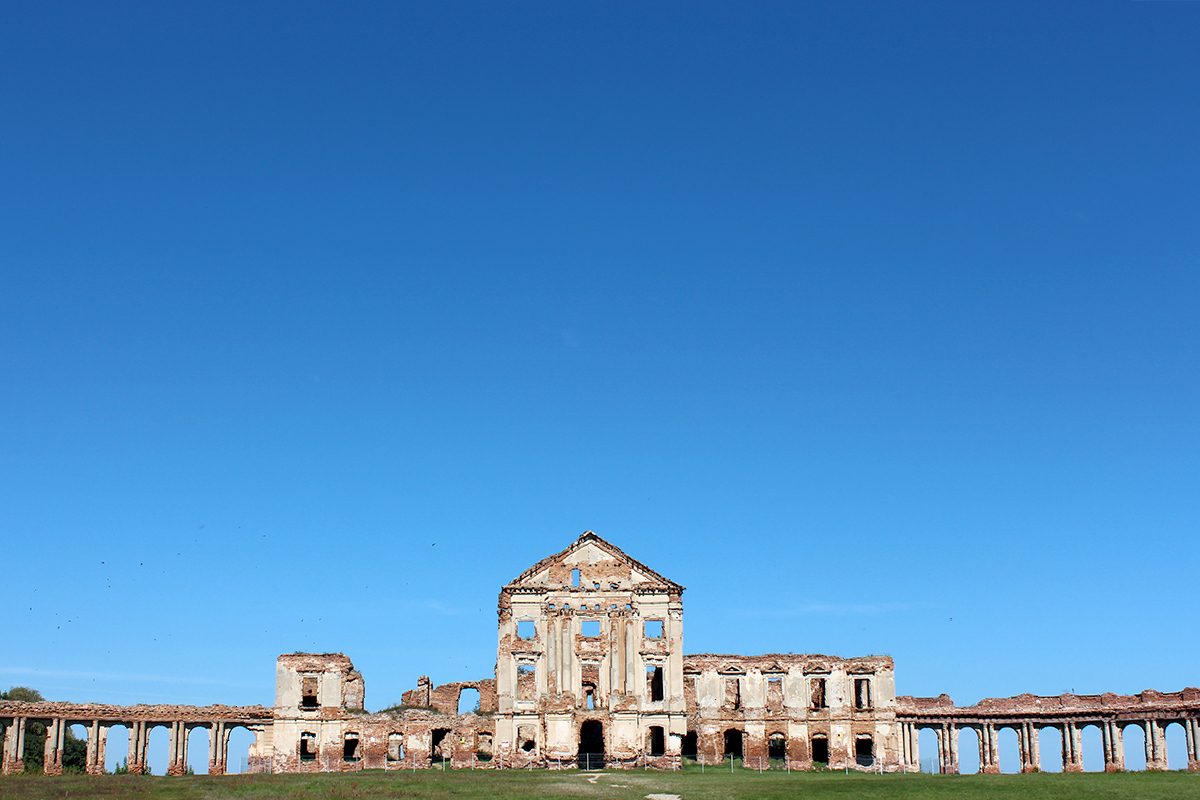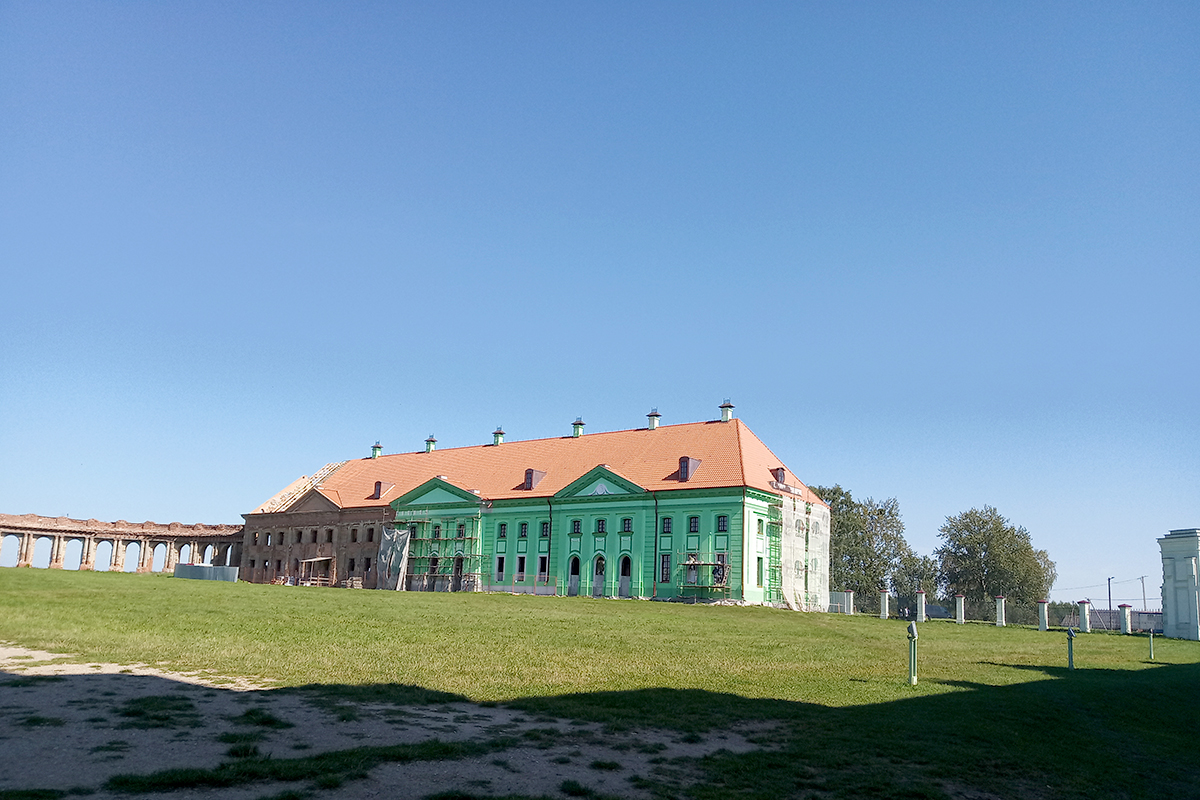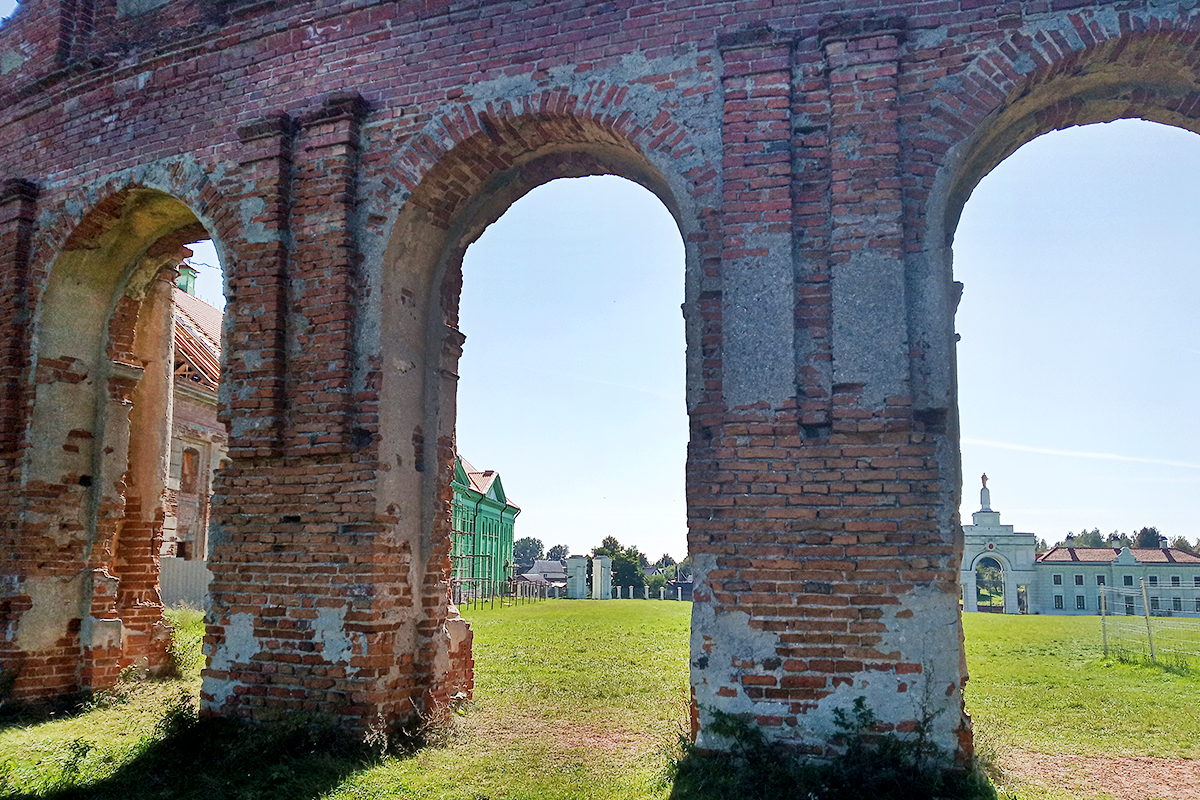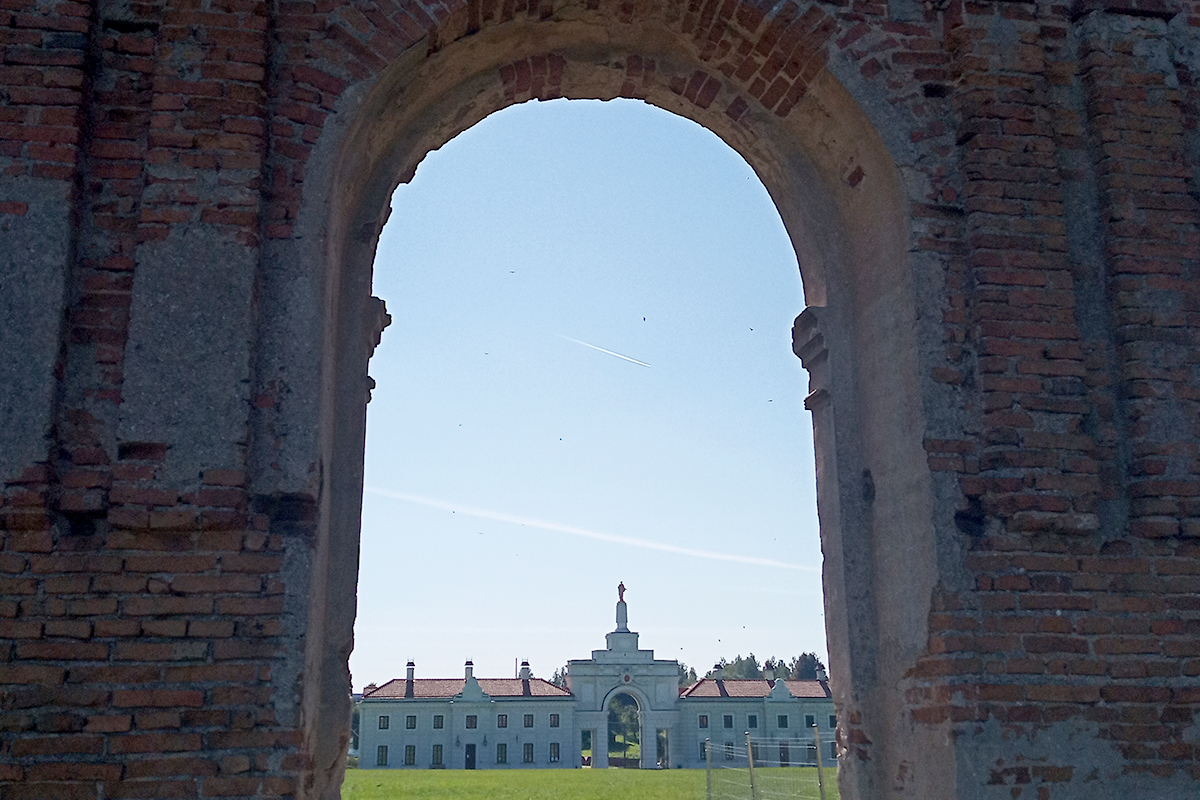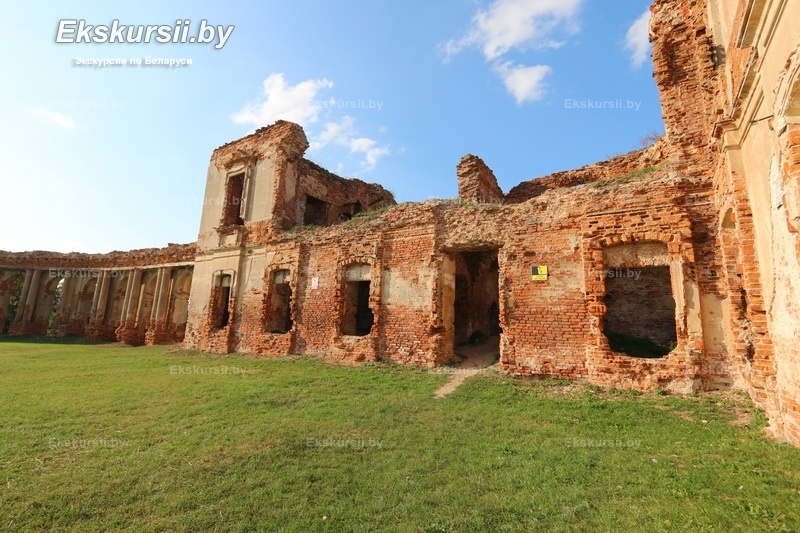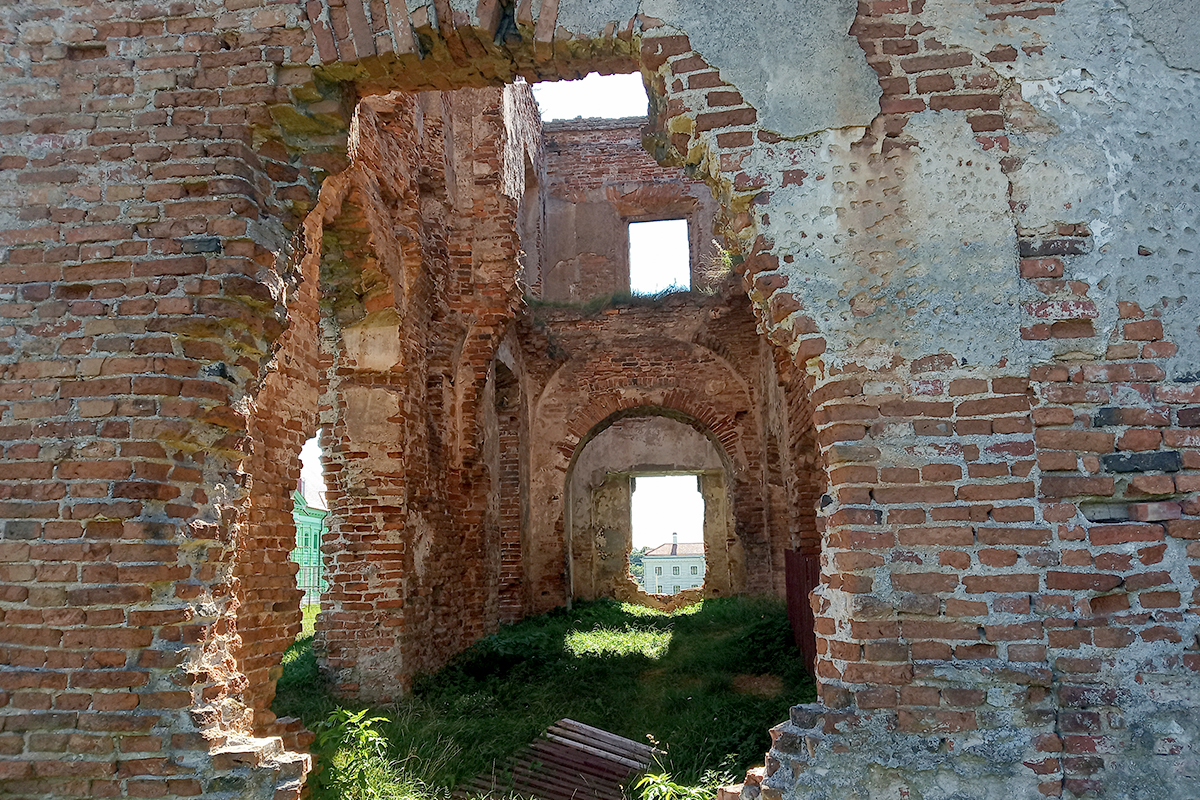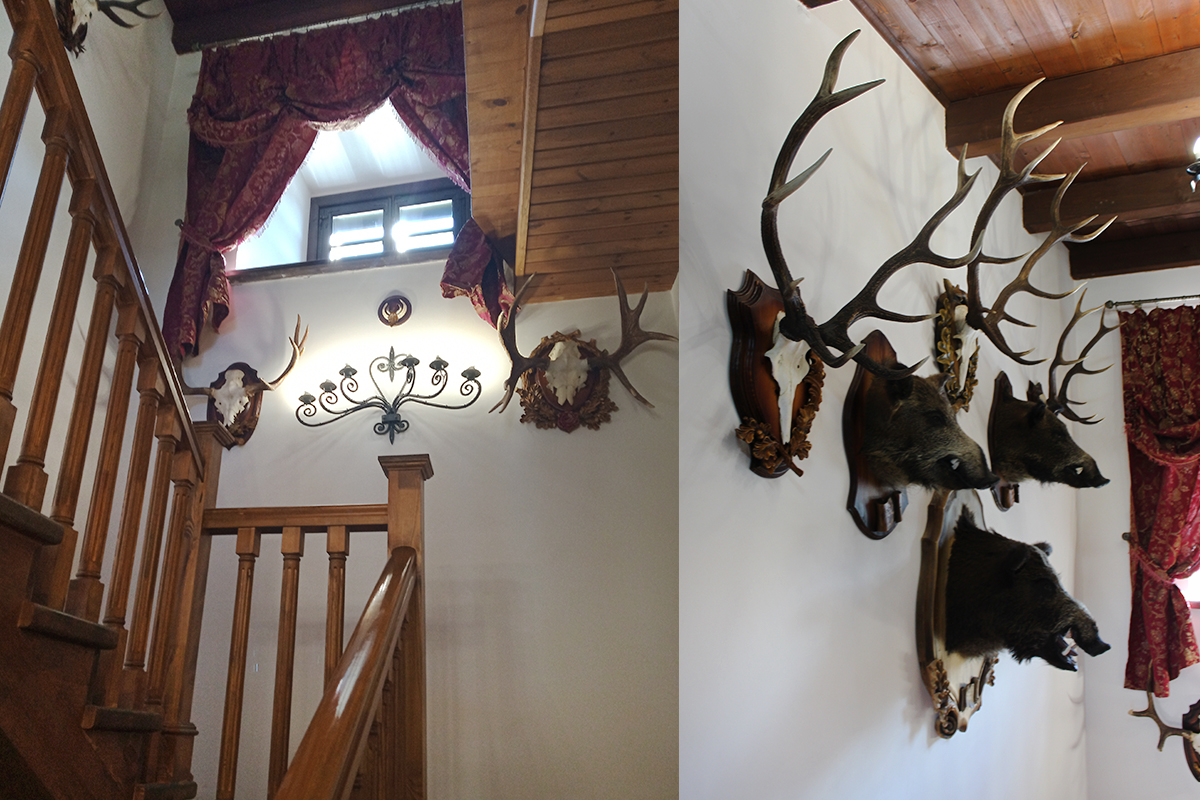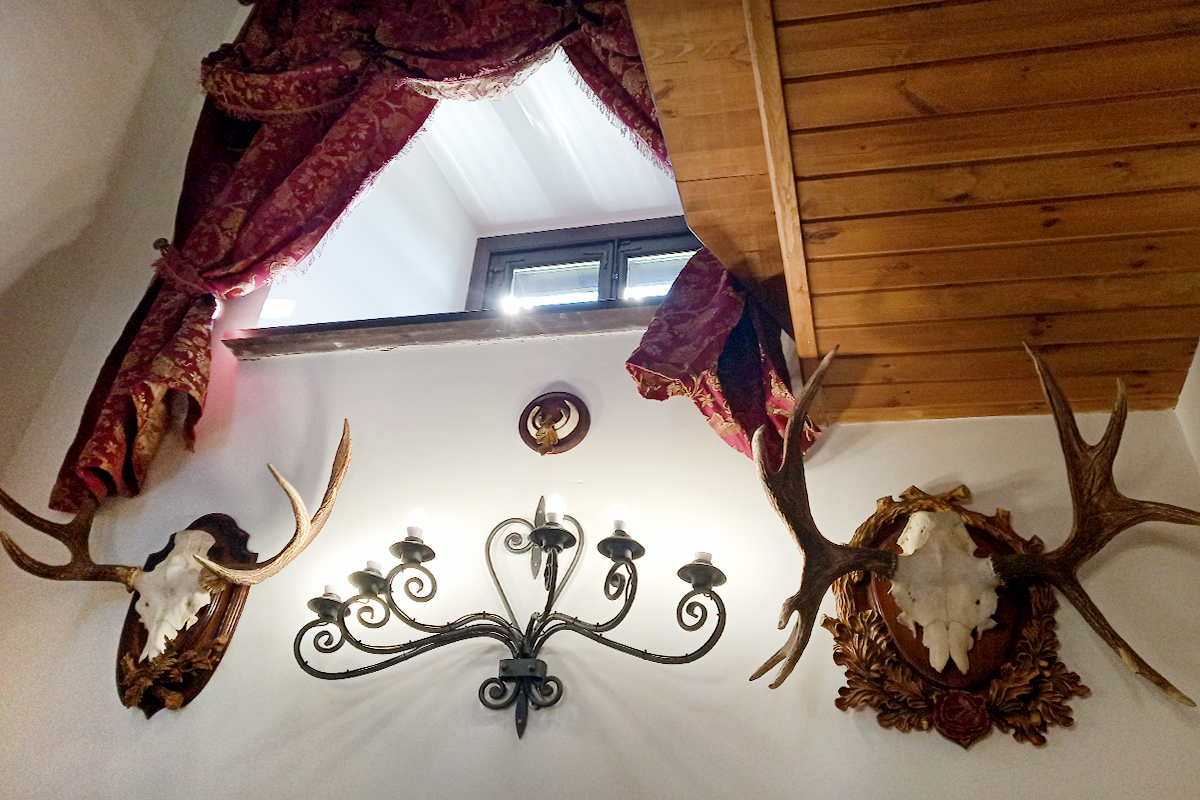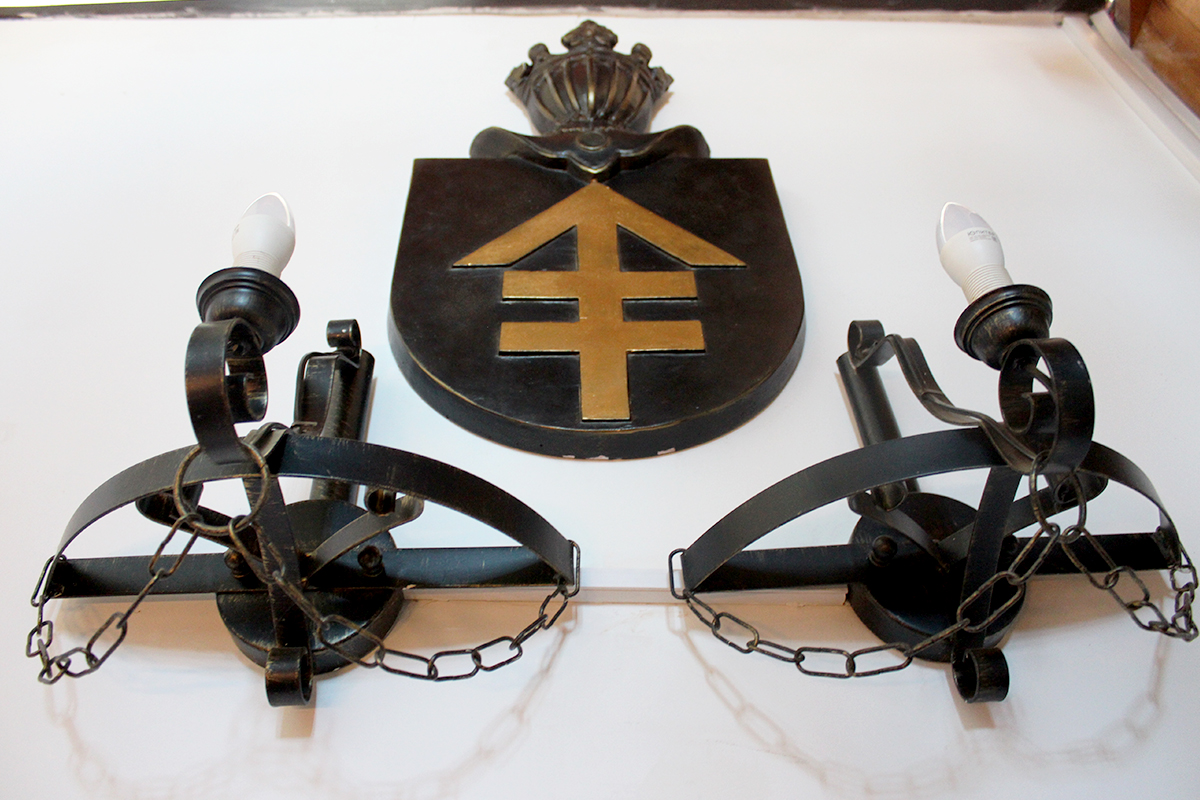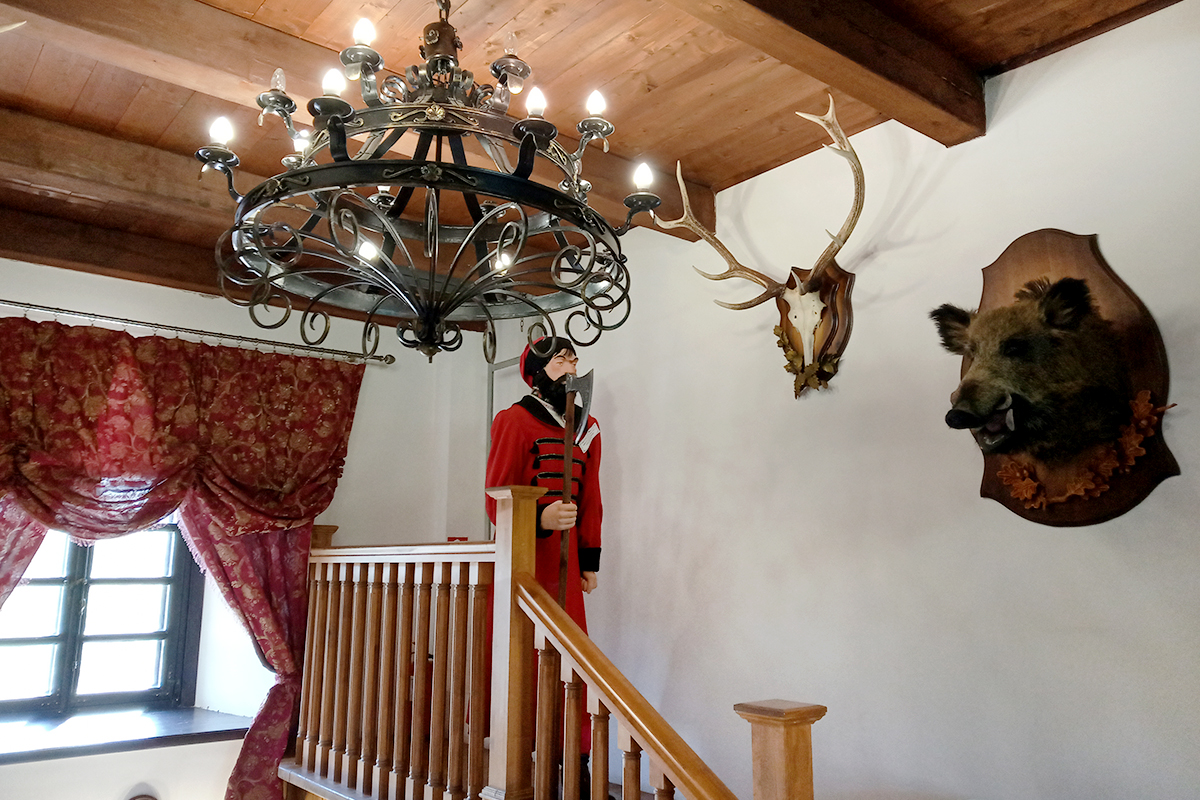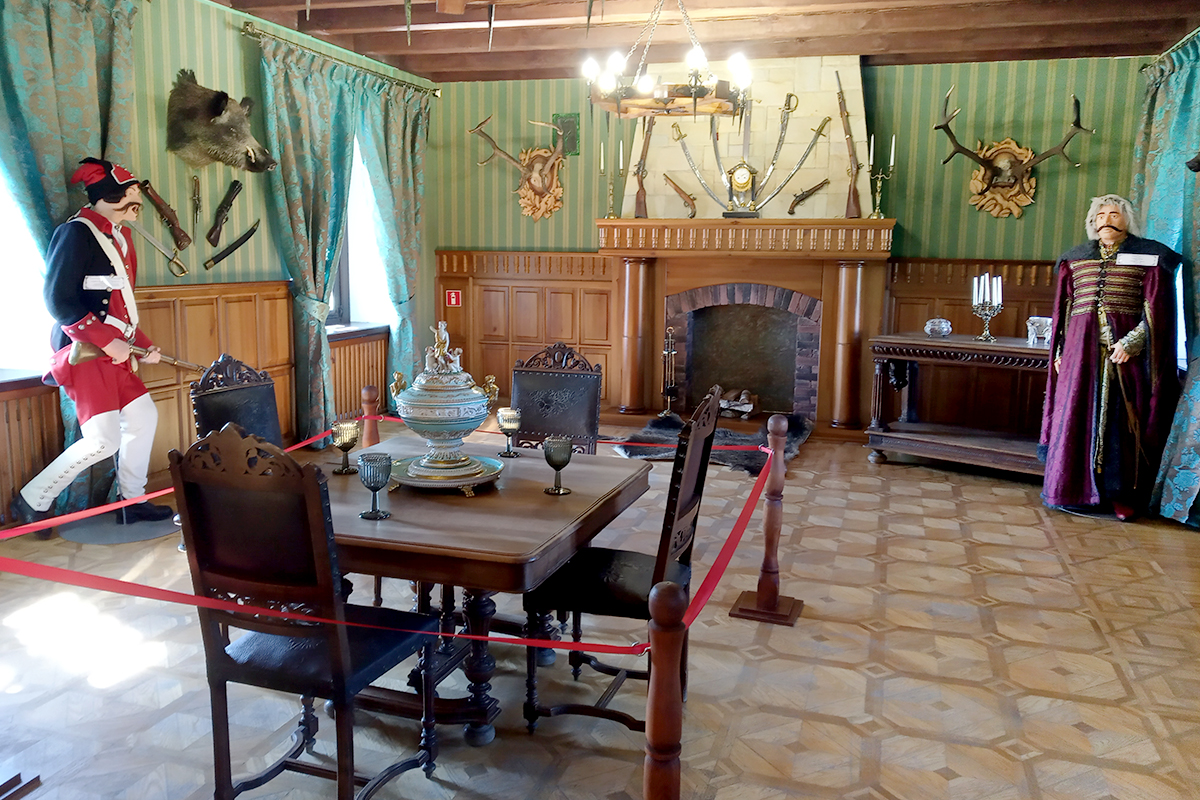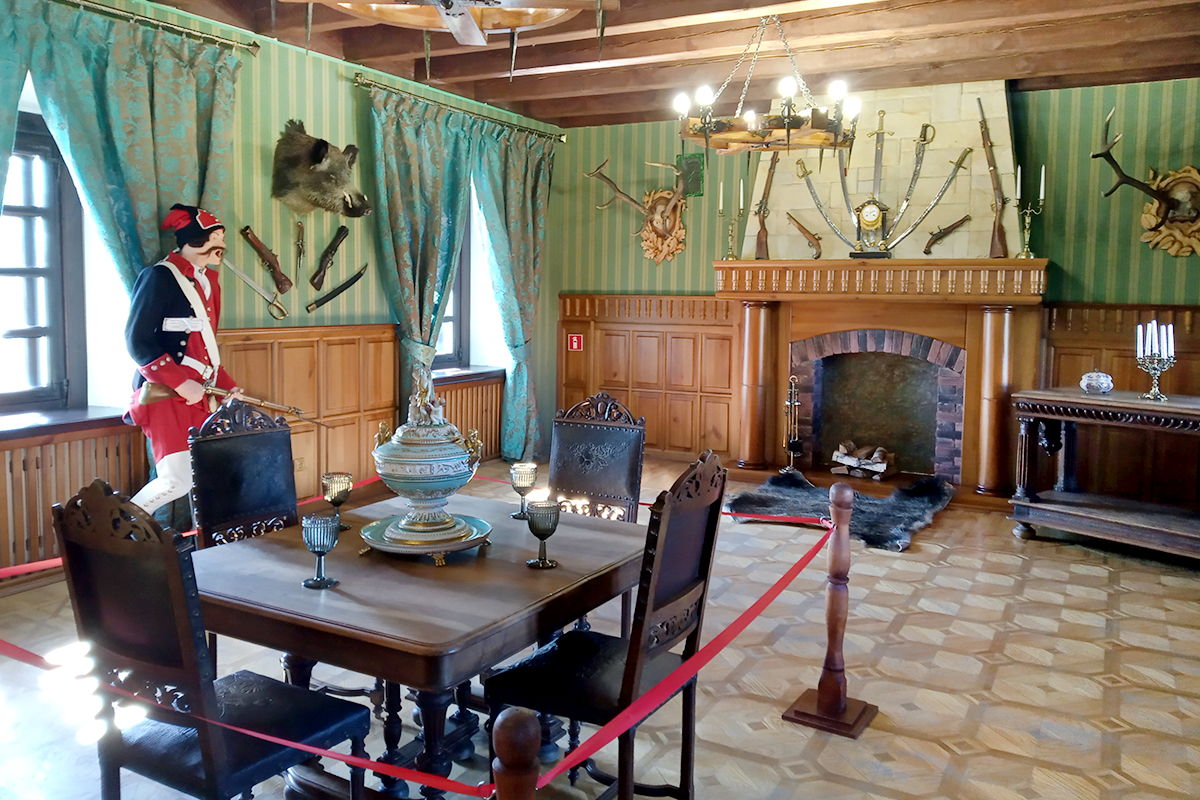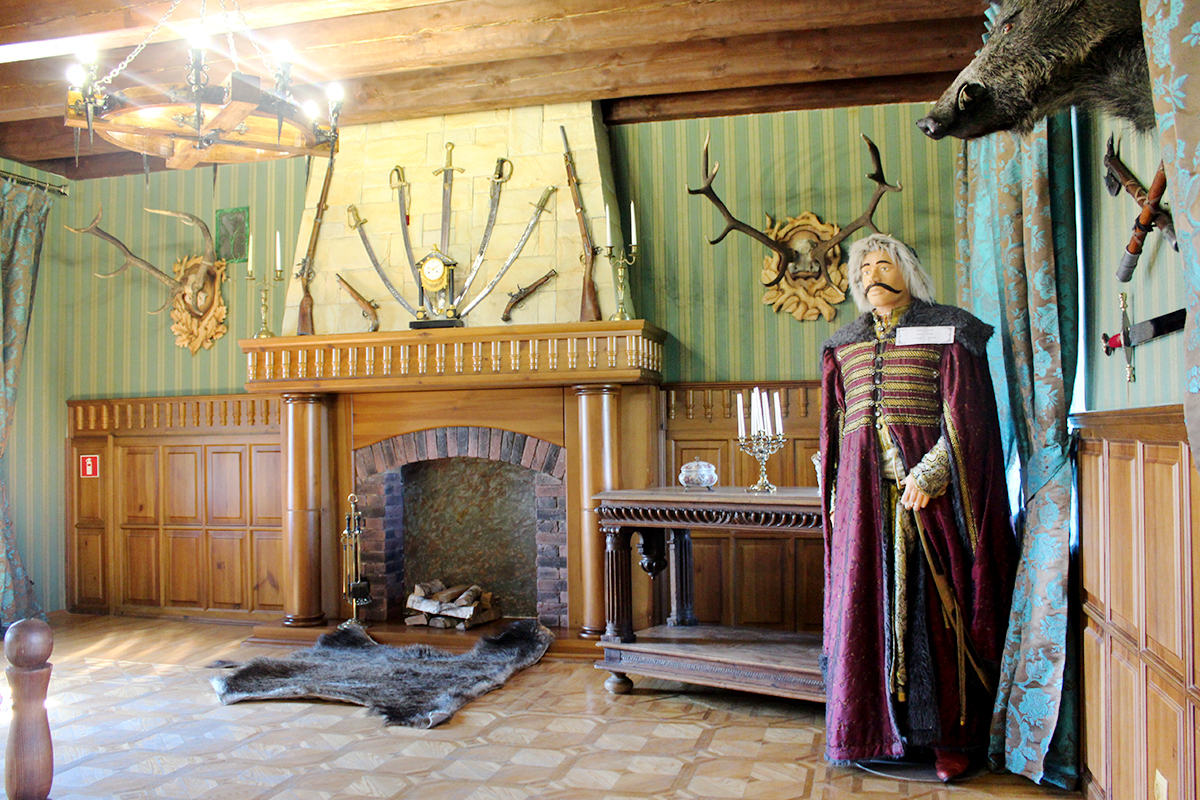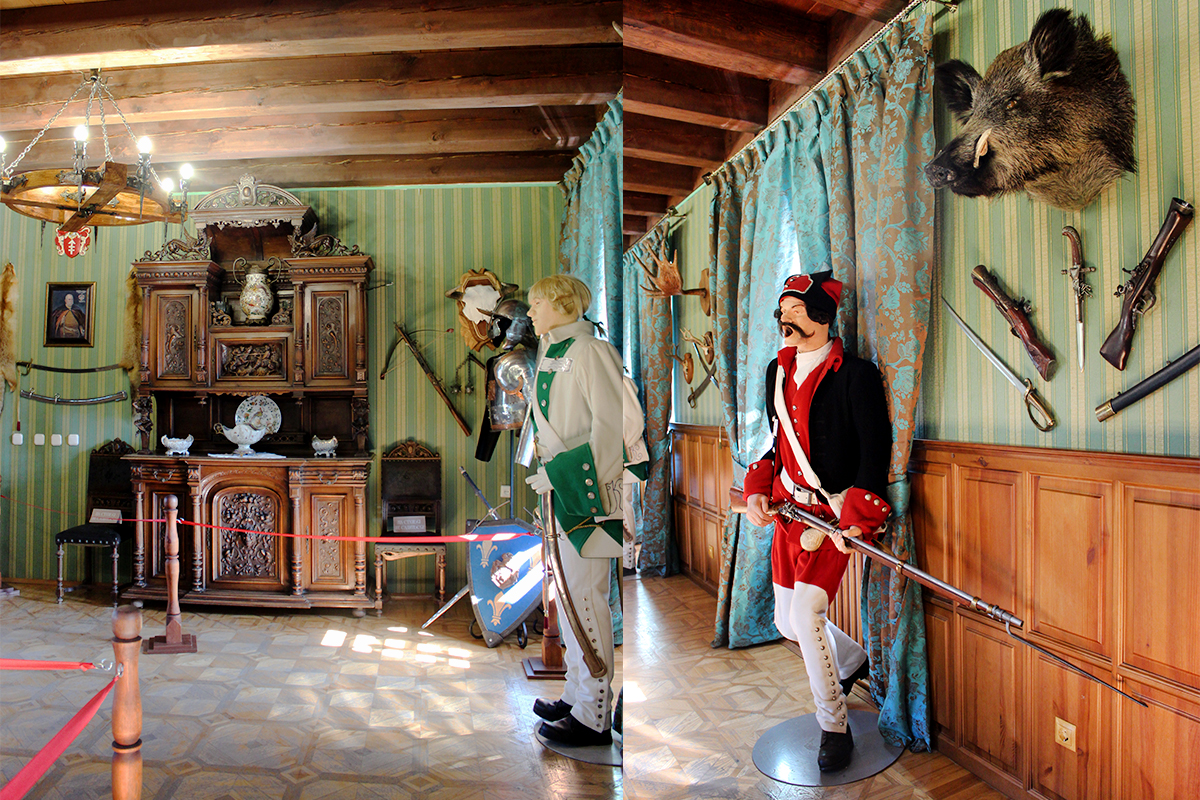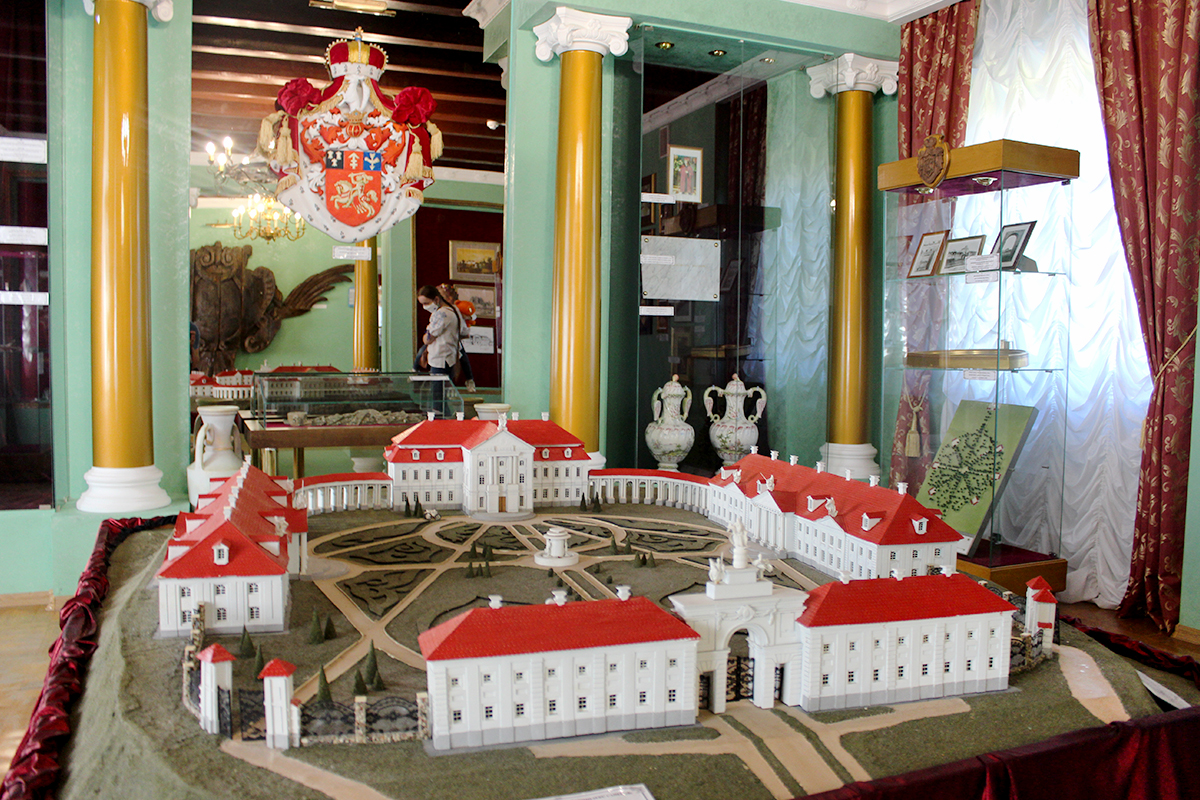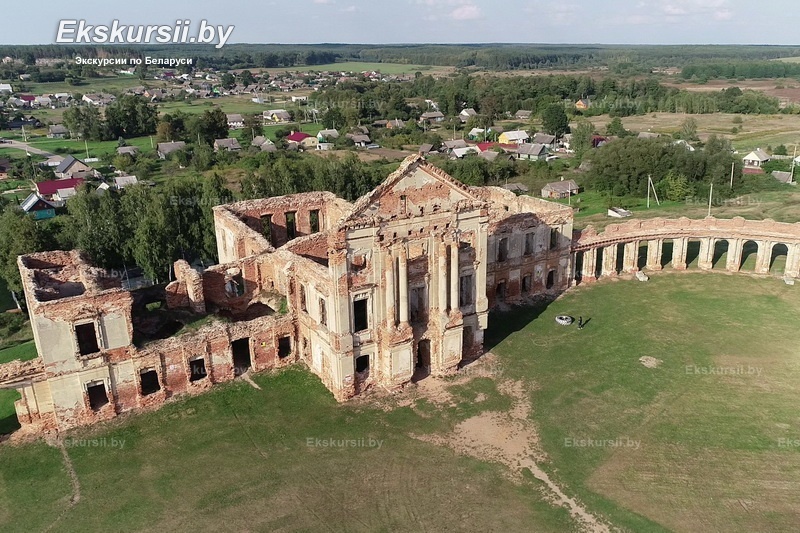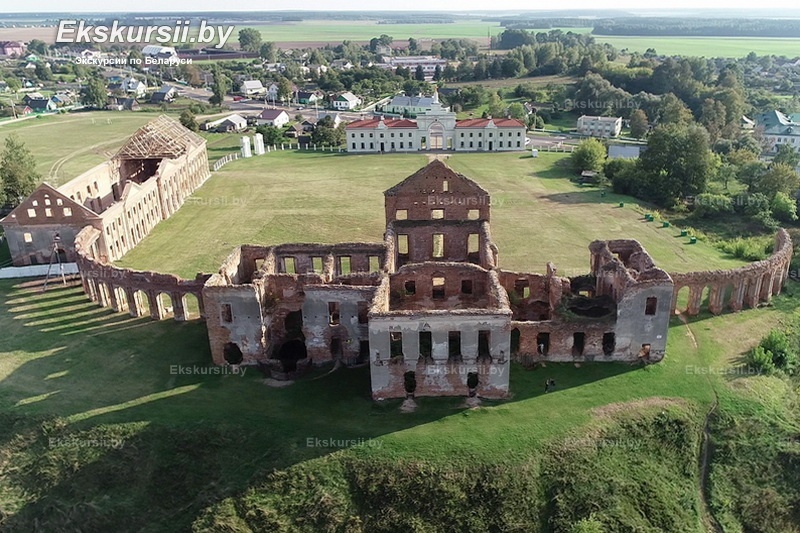Sapiehas palace complex
Description
The Ruzhany Palace of the Sapieha family is a historical architectural monument located in the town of Ruzhany, Brest Region, Belarus. This magnificent palace was built in the late 17th century and is one of the most prominent architectural treasures of the region. Today, the Ruzhany Palace attracts tourists not only for its history but also for its unique Renaissance and Baroque architectural style. Tours of Belarus often include a visit to this palace, and you can book a tour from Minsk to explore its rich heritage. Excursions to the Ruzhany Palace provide unforgettable impressions, immersing visitors in the atmosphere of the ancient Sapieha noble family.
Video review
On the map
Address
Republic of Belarus, Brest region, Prugany district, Ruzhany village
Coordinates

